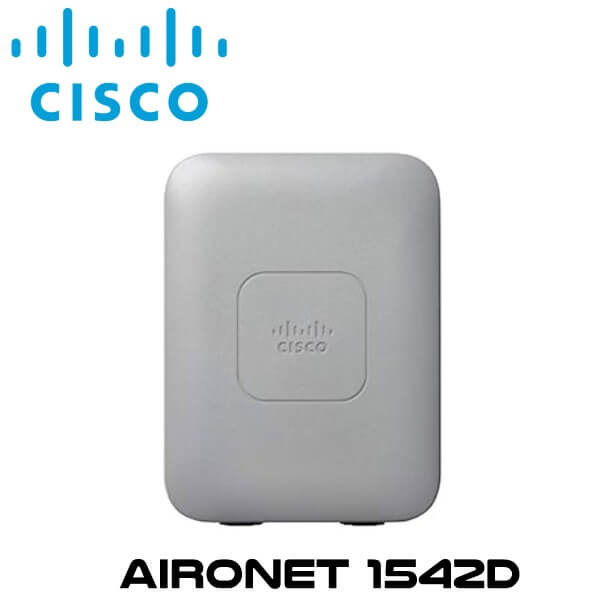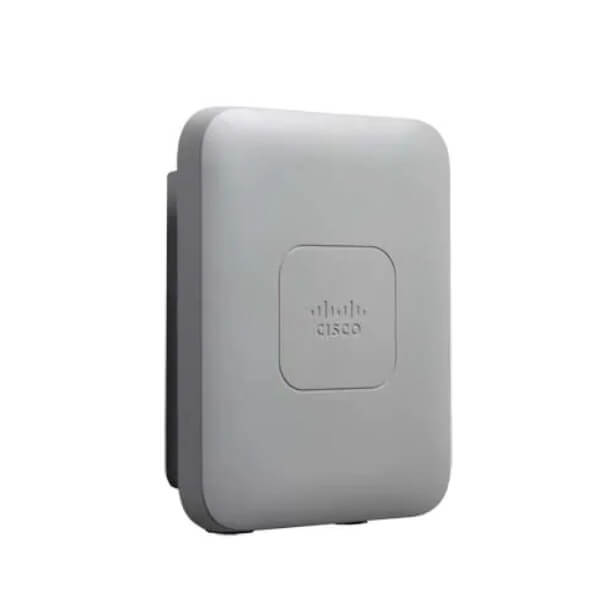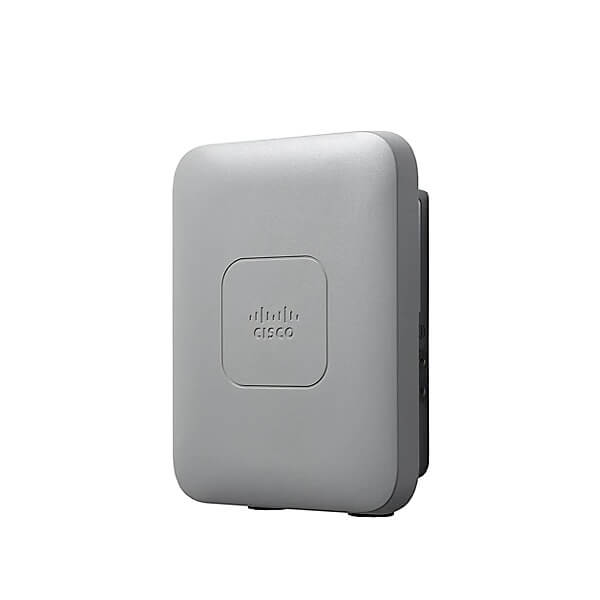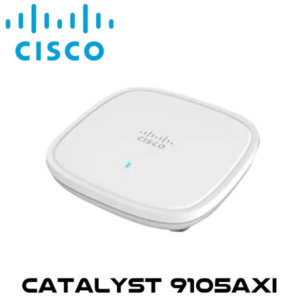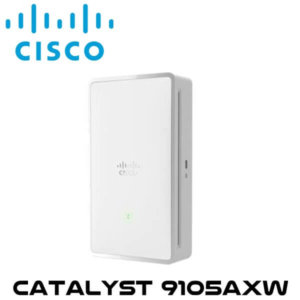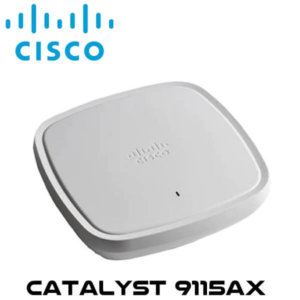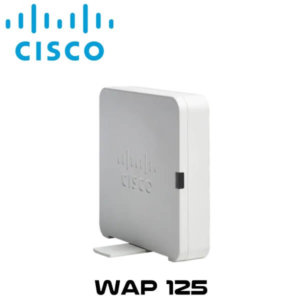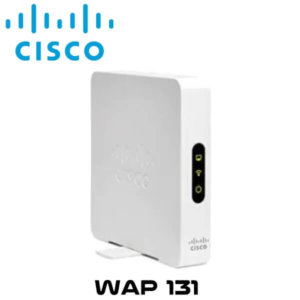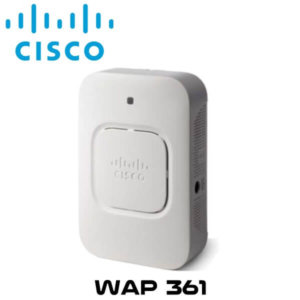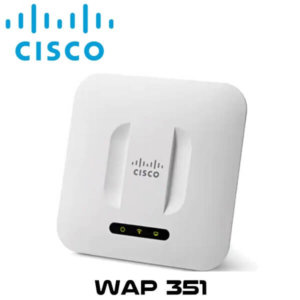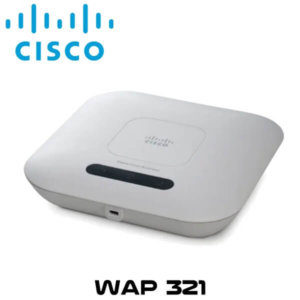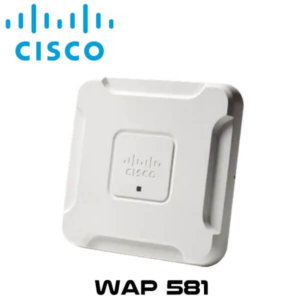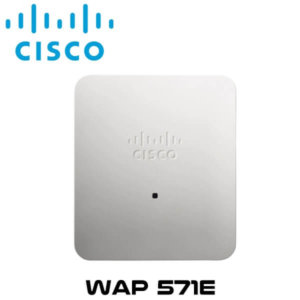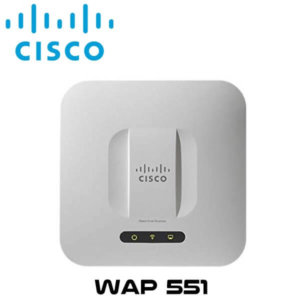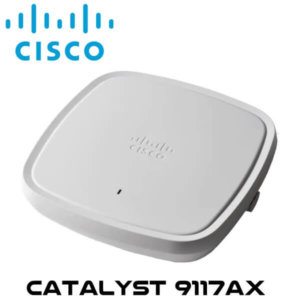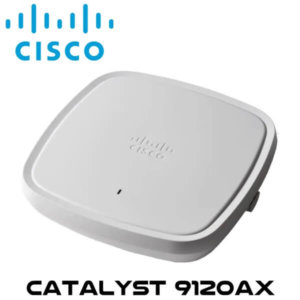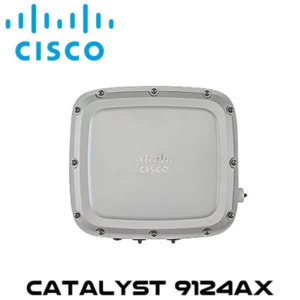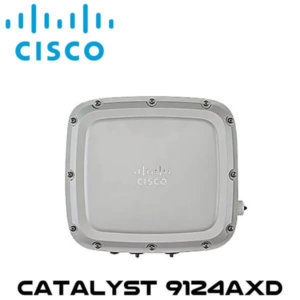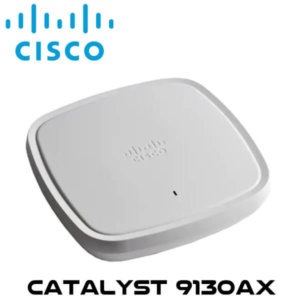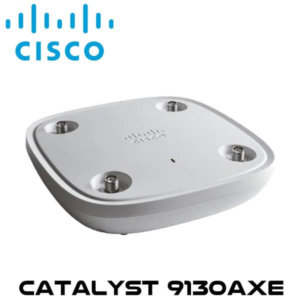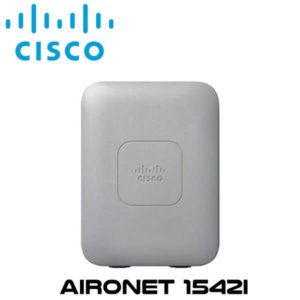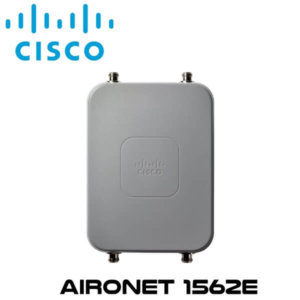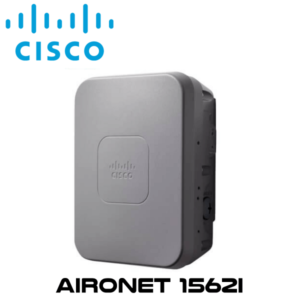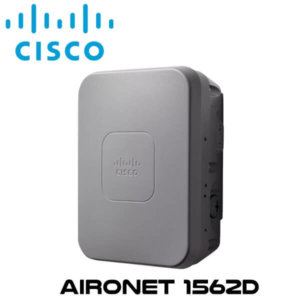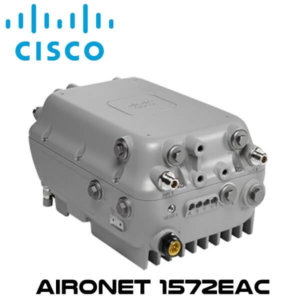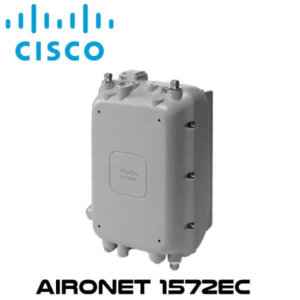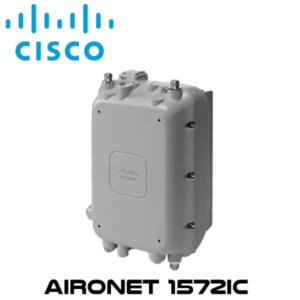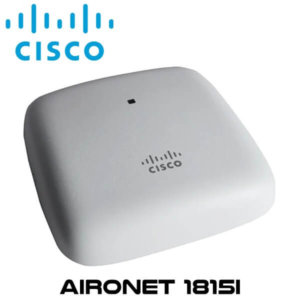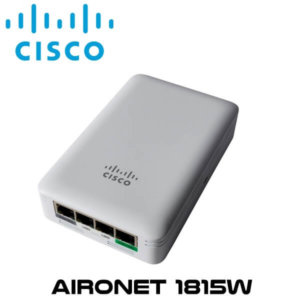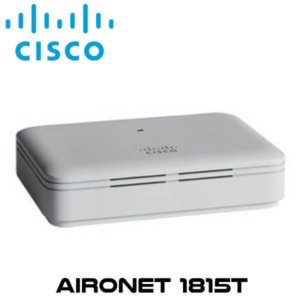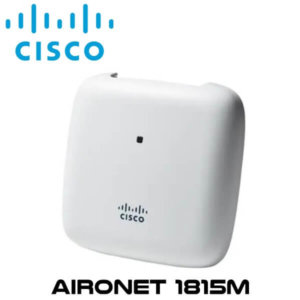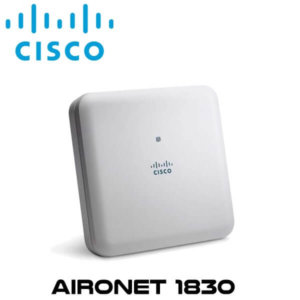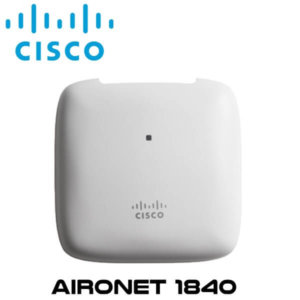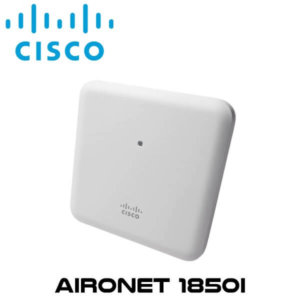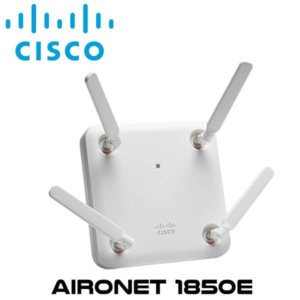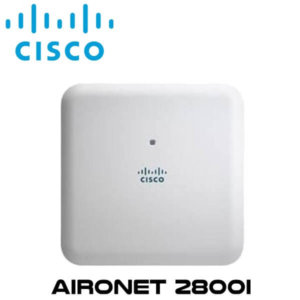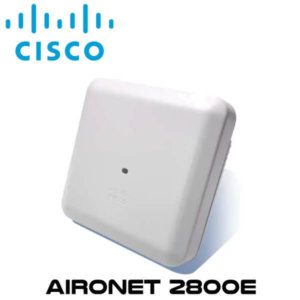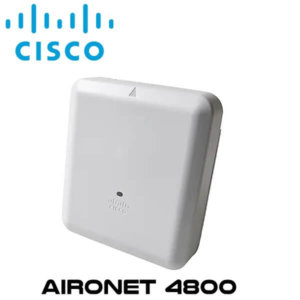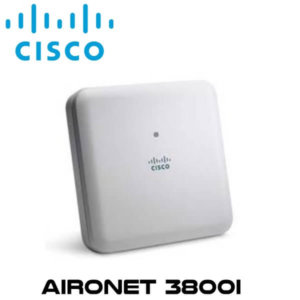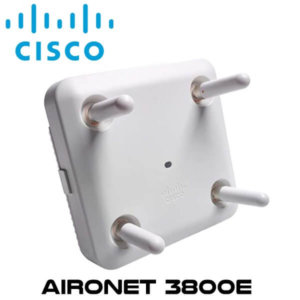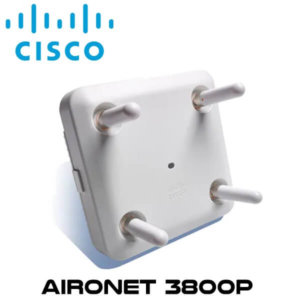Description
Cisco Aironet1542D Access Point Kenya
The Cisco Aironet1542D Kenya features outdoor access points offer the latest 802.11ac Wave 2 functions in a rugged, ultra-low-profile housing that service providers and enterprises can deploy easily. The Cisco Aironet1542D Kenya is ideal for applications requiring rugged outdoor Wi-Fi coverage and supports the latest 802.11ac Wave 2 radio standard. Housed in a compact, aesthetically pleasing, easy-to-deploy package, Cisco Aironet1542D Kenya offers flexible deployment options for service providers and enterprise networks that need the fastest links possible for mobile outdoor clients (smartphones, tablets, and laptops) and wireless backhaul. This Cisco WiFi Kenya access point gives network operators the flexibility to balance their desired wireless coverage with their need for easy deployment. Whether deployed as a traditional access point or a wireless mesh access point, the Cisco Aironet1542D Kenya provides the throughput capacity needed for today’s bandwidth-hungry devices.
Features
Low power consumption
Cisco Aironet1542D Kenya achieves full operation on standard 802.3af power (13.9W).
Integrated antenna options
The Cisco Aironet1542D Kenya access point offers two models with different antenna patterns to address a variety of use cases.
Compact size
Featuring a compact design form, Cisco Aironet1542D Kenya enables deployment of the access point where it’s needed. The 1540 Series easily mounts to walls or light poles without disturbing the aesthetics of the area.
802.11ac Wave 2 radio
This Cisco WiFi Kenya provides up to 867-Mbps data rates with 2 x 2 Multiuser Multiple-Input, Multiple-Output (MU-MIMO) with up to two spatial streams.
Multiuser MIMO (MU-MIMO)
Cisco Aironet1542D Kenya allows transmission of data to multiple 802.11ac Wave 2-capable clients simultaneously to improve client experience. Prior to the 802.11ac Wave 2 standard, access points could transmit data to only one client at a time, typically referred to as single-user MIMO.
Flexible deployment modes
Cisco Aironet1542D Kenya boasts of flexible deployment modes allowing for deployment in a variety of ways, including as traditional access points and in mesh networks. The access points can also be deployed with the Cisco Mobility Express Solution. This deployment is ideal for small to medium-sized networks that that require 50 or fewer access points without a physical controller. All deployment modes are easy to set up and configure.
Specifications
| 802.11ac Wave 1 and 2 capabilities |
|
||||||||
| 802.11n (and related) capabilities |
|
||||||||
| Data rates supported | 802.11a: 6, 9, 12, 18, 24, 36, 48, and 54 Mbps 802.11b/g: 1, 2, 5.5, 6, 9, 11, 12, 18, 24, 36, 48, and 54 Mbps |
||||||||
| 802.11n data rates on 2.4 and 5 GHz: | |||||||||
| MCS Index | GI = 800 ns | GI = 400 ns | |||||||
| 20-MHz Rate (Mbps) | 40-MHz Rate (Mbps) | 20-MHz Rate (Mbps) | 40-MHz Rate (Mbps) | ||||||
| 0 | 6.5 | 13.5 | 7.2 | 15 | |||||
| 1 | 13 | 27 | 14.4 | 30 | |||||
| 2 | 19.5 | 40.5 | 21.7 | 45 | |||||
| 3 | 26 | 54 | 28.9 | 60 | |||||
| 4 | 39 | 81 | 43.3 | 90 | |||||
| 5 | 52 | 108 | 57.8 | 120 | |||||
| 6 | 58.5 | 121.5 | 65 | 135 | |||||
| 7 | 65 | 135 | 72.2 | 150 | |||||
| 8 | 13 | 27 | 14.4 | 30 | |||||
| 9 | 26 | 54 | 28.9 | 60 | |||||
| 10 | 39 | 81 | 43.3 | 90 | |||||
| 11 | 52 | 108 | 57.8 | 120 | |||||
| 12 | 78 | 162 | 86.7 | 180 | |||||
| 13 | 104 | 216 | 115.6 | 240 | |||||
| 14 | 117 | 243 | 130 | 270 | |||||
| 15 | 130 | 270 | 144.4 | 300 | |||||
| 802.11ac Data Rates (5 GHz) | |||||||||
| MCS Index | Spatial Streams | GI = 800 ns | GI = 400 ns | ||||||
| 20-MHz Rate (Mbps) | 40-MHz Rate (Mbps) | 80-MHz Rate (Mbps) | 20-MHz Rate (Mbps) | 40-MHz Rate (Mbps) | 80-MHz Rate (Mbps) | ||||
| 0 | 1 | 6.5 | 13.5 | 29.3 | 7.2 | 15 | 32.5 | ||
| 1 | 1 | 13 | 27 | 58.5 | 14.4 | 30 | 65 | ||
| 2 | 1 | 19.5 | 40.5 | 87.8 | 21.7 | 45 | 97.5 | ||
| 3 | 1 | 26 | 54 | 117 | 28.9 | 60 | 130 | ||
| 4 | 1 | 39 | 81 | 175.5 | 43.3 | 90 | 195 | ||
| 5 | 1 | 52 | 108 | 234 | 57.8 | 120 | 260 | ||
| 6 | 1 | 58.5 | 121.5 | 263.3 | 65 | 135 | 292.5 | ||
| 7 | 1 | 65 | 135 | 292.5 | 72.2 | 150 | 325 | ||
| 8 | 1 | 78 | 162 | 351 | 86.7 | 180 | 390 | ||
| 9 | 1 | – | 180 | 390 | – | 200 | 433.3 | ||
| 0 | 2 | 13 | 27 | 58.5 | 14.4 | 30 | 65 | ||
| 1 | 2 | 26 | 54 | 117 | 28.9 | 60 | 130 | ||
| 2 | 2 | 39 | 81 | 175.5 | 43.3 | 90 | 195 | ||
| 3 | 2 | 52 | 108 | 234 | 57.8 | 120 | 260 | ||
| 4 | 2 | 78 | 162 | 351 | 86.7 | 180 | 390 | ||
| 5 | 2 | 104 | 216 | 468 | 115.6 | 240 | 520 | ||
| 6 | 2 | 117 | 243 | 526.5 | 130 | 270 | 585 | ||
| 7 | 2 | 130 | 270 | 585 | 144.4 | 300 | 650 | ||
| 8 | 2 | 156 | 324 | 702 | 173.3 | 360 | 780 | ||
| 9 | 2 | – | 360 | 780 | – | 400 | 866.7 | ||
| Maximum number of non-overlapping channels | A (A regulatory domain):
B (B regulatory domain):
C (C regulatory domain):
D (D regulatory domain):
E (E regulatory domain):
F (F regulatory domain):
G (G regulatory domain):
H (H regulatory domain):
I (I regulatory domain):
|
K (K regulatory domain):
L (L regulatory domain):
M (M regulatory domain):
N (N regulatory domain):
Q (Q regulatory domain):
R (R regulatory domain):
S (S regulatory domain):
T (T regulatory domain):
Z (Z regulatory domain):
|
|||||||
| Note: This varies by regulatory domain. Refer to the product documentation for specific details for each regulatory domain. | |||||||||
| Maximum Number of Non-overlapping Channels | 2.4 GHz
|
5 GHz
|
|||||||
| Maximum conducted transmit power | 1542I
|
1542D
|
|||||||
| Interface |
|
||||||||
| Uplink options | Ethernet and wireless mesh | ||||||||
| Dimensions (W x L x H) | 7.9 x 5.9 x 2.4 in.(20 x 15 x 6.1 cm) | ||||||||
| Weight | 2.75 lb (1.25 kg) | ||||||||
| Environmental |
|
||||||||
| Environmental Ratings |
|
||||||||
| Antennas |
|
||||||||
| Powering options |
|
||||||||
| Power draw | Max power draw is 13.9W with 100 meters Category 5 cable | ||||||||
| Compliance |
|
||||||||


